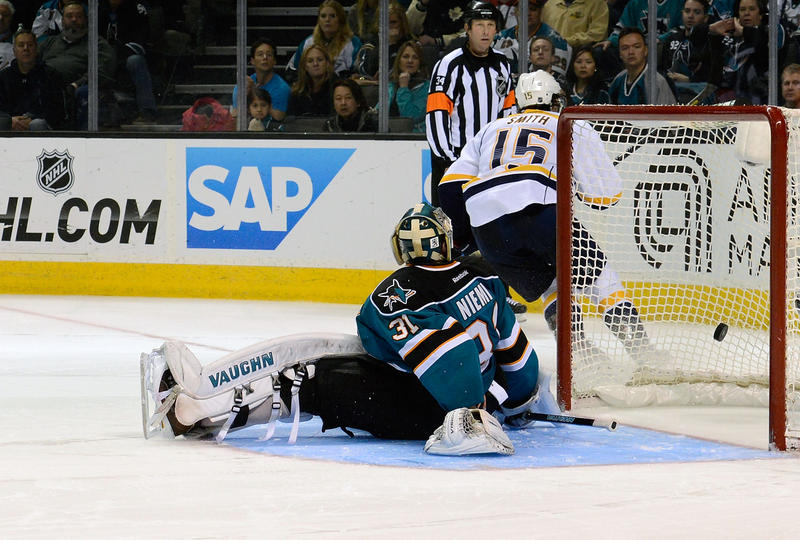There’s little denying that the Ed O’Bannon trail will have a long-lasting impact on college athletics, regardless of the outcome. However, on Tuesday the Big Ten presidents put pen to paper and signed a joint letter calling for changes and putting the consequences of pay-for-play in stark reality.
Here is the important part of what the Big Ten presidents had to say:
“The best solutions rest not with the courts, but with us – presidents of the very universities that promote and respect the values of intercollegiate competition. Writing on behalf of all presidents of the Big Ten Conference, we must address the conflicts that have led us to a moment where the conversation about college sports is about compensation rather than academics.”
The ideas the Big Ten presidents and chancellors are in agreement on aren’t new ideas, but they are important ones in the hope of placating paying players in the future. BTN has a full look at those proposals, via @BigTenNetwork:
#B1G presidents and chancellors issue statement on O'Bannon case – http://t.co/jUaNjizsFg pic.twitter.com/ip7fqTY7EP
— Big Ten Network (@BigTenNetwork) June 24, 2014
However, it is the set of statements that followed these ideas that should be grabbing the headlines. The basics of it boil down to the fact that the Big Ten values the overall experience of a student-athlete over paying just a few sports to play their games. In fact, reading the language used by the the Big Ten presidents, it’s clear they will not budge on paying players, no matter what they have to do — including not being willing to cut or reduce all other programs.
I’ve been saying this for a few years now with few believing it to be true, but the Big Ten couldn’t be clearer. It won’t sacrifice the overall academic and athletic experience for all student athletes just to pay a few.
“If universities are mandated to instead use those dollars (generated from football and basketball) to pay football and basketball players, it will be at the expense of all other teams. We would be forced to eliminate or reduce those programs. Paying only some athletes will create inequities that are intolerable and potentially illegal in the face of Title IX.”
For those who think the Big Ten pays lip service to the term student-athlete, let’s not forget all those non-football or men’s basketball players who truly are student-athletes in every sense of the word. No other conference sponsors more sports teams by per school average than the Big Ten, and that means no set of athletic programs would be as affected by the O’Bannon outcome than the B1G.
The Big Ten could be in for a big choice ahead depending on how the O’Bannon trial concludes and the parameters set forth at its conclusion. No matter what happens, the Big Ten and college athletics are in for a major change ahead.
Yet, don’t discount the idea of the Big Ten dropping down a few divisions in order to keep its student-athlete reputation in tact. It’s a wild idea for sure, but not one out of the realm of possibility considering the language used today and in the past by commissioner Delany himself.
Let’s just say, the next few months will be very telling to the future of the Big Ten as the moneymaking giant it has become. Will it stand by its academic mission or will money win the day?
Add The Sports Daily to your Google News Feed!
